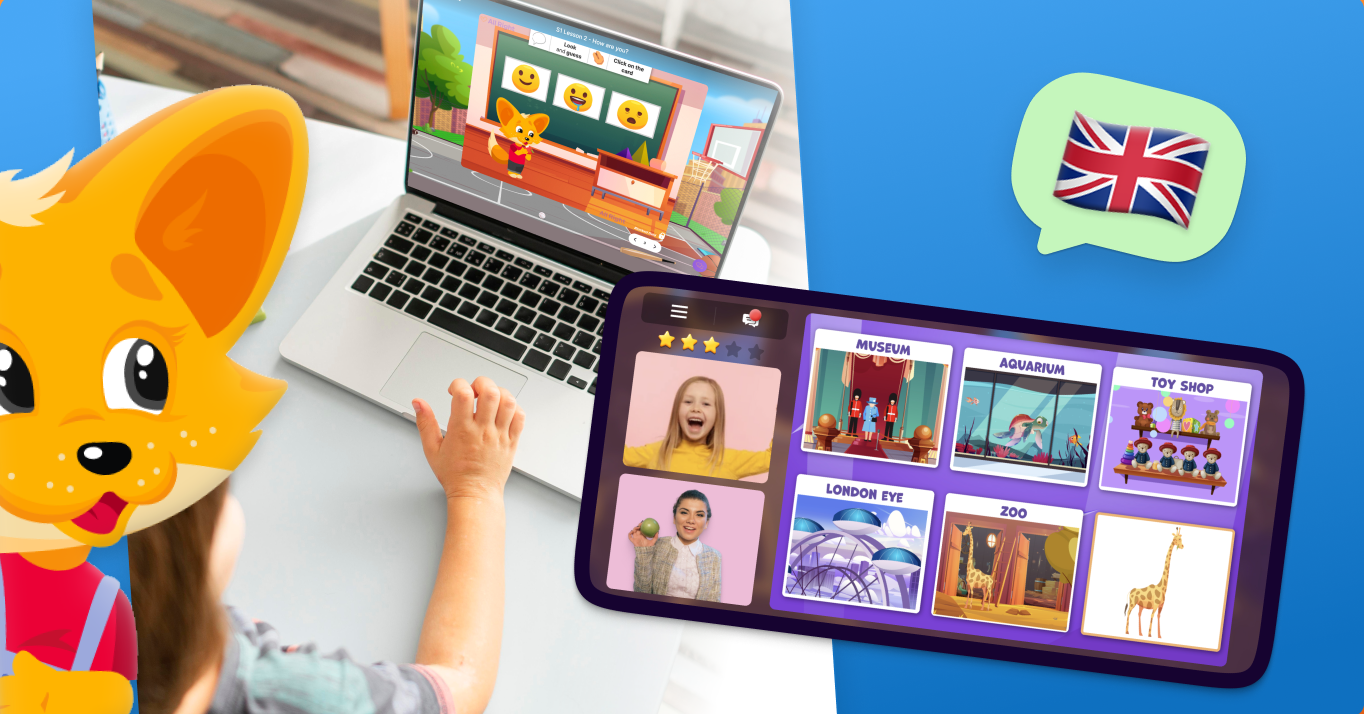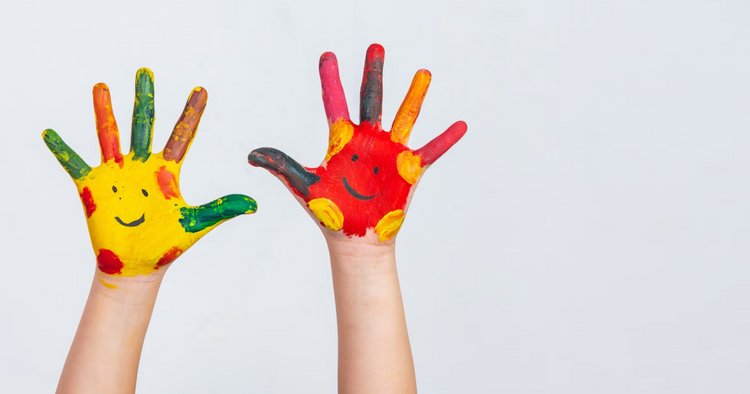Are you a preschool teacher? In the age of the internet, teaching preschoolers online has become a popular alternative for both parents and educators alike. It offers a convenient way for children to learn from the comfort of their homes, without the need for physical classrooms. However, teaching preschoolers online comes with its own set of challenges, including keeping their attention and ensuring they stay engaged. As an online preschool teacher, it is important to have effective strategies in place to make sure your young students get the most out of their online learning experience.
In this article, we will provide some helpful tips for teachers to engage preschoolers online. From creating a stimulating online learning environment to keeping activities short and fun, we will tackle some of the most important factors to consider when teaching online. For any teacher looking to facilitate successful and joyful online learning experiences for their preschoolers, these tips will serve as valuable guidelines to follow.
Quick Teaching Ideas for Preschoolers

When teaching preschoolers, you can anticipate frequent tears and tantrums, as well as hurried toilet stops. Educating young children is just as hectic as going on an animal safari. You must therefore have a lot of patience while implementing certain reliable ways to set up your preschool classroom, such as:
1. Make Your Classroom Organized
Little children are messy. Thus, organizing and establishing a routine for your preschoolers is your first hurdle. You can start by setting up your classroom to do this. You should first set up various stations in your class, such as those for reading, writing, and art.
This will assist you in guiding your kids in certain behavioral expectations. You may create separate areas for sleeping and playing, for instance. Your children will understand the importance of resting when they are in the sleep zone. They'll establish a routine and pick up organizing their belongings.
2. Recognize your students and their parents
There isn't a manual book for teaching young children. This is so because each child is unique and wonderful. You cannot prepare all of your kids using the same instructional strategies and approaches. So, before teaching a pupil, you should strive to understand their needs, intellectual level, and unique needs.
The most significant individuals in a preschooler's life are their parents. The characteristics of preschoolers are shaped by parents' actions and ideologies. In order to help parents foster a better atmosphere for their children's development, you should try to engage with them.
3. Provide them outlets for their emotions
Children in preschool are still learning how to communicate their emotions. When they are happy, sad, or angry, they don't know how to respond. Providing young children with appropriate channels for emotional expression is one of your most important duties as a preschool teacher.
You may teach your pupils better emotional expression through preschool art projects. Preschoolers will have a great chance to express their emotions through activities like singing, dancing, and others like painting.
4. Embrace a Growth Mindset
Never be afraid to try something new in the classroom. To make your classroom interactive, experiment with various teaching techniques and procedures. Have a progressive mindset to take something away from every successful or unsuccessful classroom experience without worrying about failure.
5. Start Interesting Discussions
Teachers in preschools are extremely important in the development of speech and language abilities. Early conversational interaction with children is crucial for developing their communication skills.
As a result, you should engage with your preschoolers as frequently as you can. You can encourage your students to speak more by posing thought-provoking questions. You could inquire, for instance, "What are you bringing for lunch today?" or "How was your weekend?"
6. Practice students' dialogic reading skills
Dialogic reading is a fantastic method for enhancing reading comprehension, social connection, and book enthusiasm. Make your class gather in a circle, for instance, and ask each student to read a line from their preferred children's book. This will encourage reading aloud among your kids and help them with pronunciation. Even public speaking in front of a large audience is something they eventually master.
The best classroom resources for teaching young children

1. AllRight.com
Interactive and Engaging Learning Experience:
Allright.com offers an interactive and engaging learning experience tailored specifically for young learners. Through innovative teaching methods, multimedia resources, and gamified activities, the platform keeps children actively involved in their learning journey. Whether it's through interactive quizzes, virtual simulations, or educational games, Allright.com ensures that young learners stay motivated and enjoy the process of acquiring new knowledge.
Safe and Supportive Learning Environment:
Allright.com prioritizes the safety and well-being of young learners by providing a secure and supportive online learning environment. The platform employs strict measures to ensure child protection and privacy, ensuring that children can learn and explore in a safe space. Additionally, Allright.com offers personalized guidance and support, with qualified instructors who are trained to cater to the unique needs of young learners. This creates a nurturing environment where children can confidently ask questions, seek assistance, and thrive academically.
2. Softer Ruby Cubes
Preschoolers can learn a variety of lessons from using ruby cubes, such as distinguishing colors, developing motor skills, and enhancing hand-eye coordination. A Ruby cube task can be interesting to solve and is also a brainteaser. To start, though, make sure to acquire soft Ruby cubes because kids can damage each other by throwing hard Ruby cubes.
3. Using magnetic letters
Do you wish to teach your students the alphabet? Therefore, playing the magnetic alphabet games is the ideal strategy. You can provide your students with colored alphabet building blocks and a magnetic board. Your pupils may easily learn the alphabet by sticking various blocks on the board.
4. Colorful Pom-Poms
Pom-poms are a need while instructing young children. Pom-poms are flexible, silky, and come in a variety of colors. To get your pupils to pick up pom poms and move around, you can place them in a jar, give them to kids to play with, or simply throw them on the ground.
5. Many crayons
Crayons are a necessary item in every preschool classroom. Because your pupils tend to lose crayons frequently, you should keep a supply of colorful crayons on hand in your classroom. Furthermore, avoid displaying every crayon box at once. If they wish to utilize their items again, let them learn how to organize them.
Conclusion
It's not easy to teach preschoolers. Being around a class of toddlers all day requires strength, tolerance, and a calm demeanor. The knowledge that you are responsible for a preschooler's future is comforting, though. Students will benefit from your instruction and lasting lessons for the rest of their lives.
So, gather all the resources you can to create a better future for your country in the preschool classroom. AllRight is ready to give a helping hand in teaching preschoolers!









